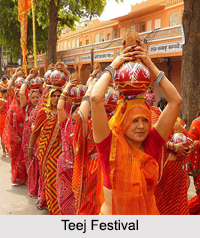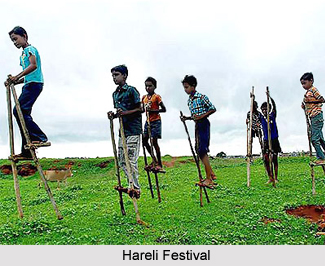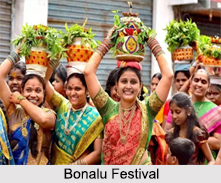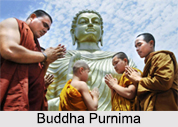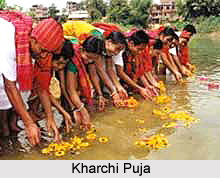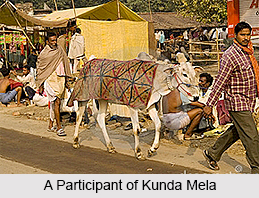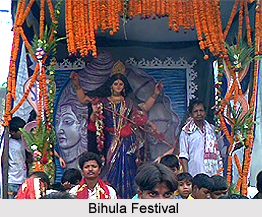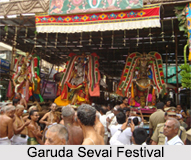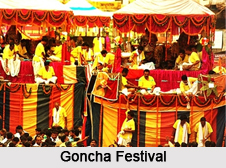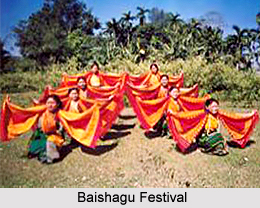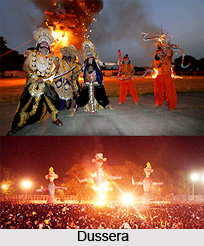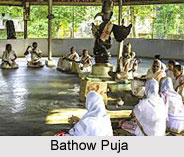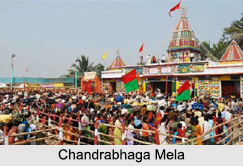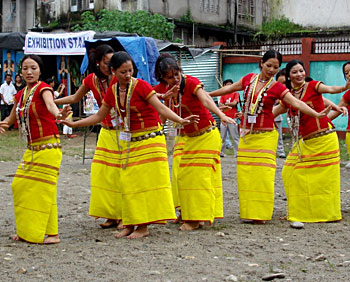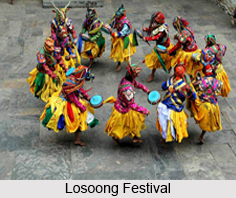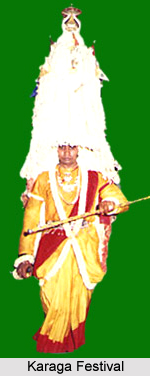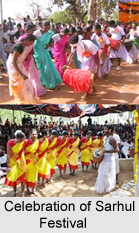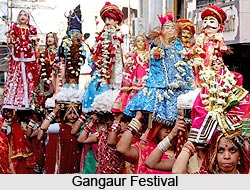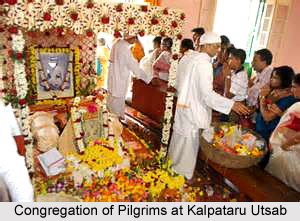 Kalpataru Utsav is the marks the metamorphosis of Ramakrishna Paramahansa into a Kalpataru or magical tree and the `Kalpataru Day` or `Kalpataru Diwas`. This festival is celebrated every year by the monks of Ramakrishna Math to commemorate the divine transformation of the great soul of India, Ramakrishna Paramahansa, who is also famous as the Guru of Swami Vivekananda. A large number of devotees move in to the Dakshineshwar Kali Temple to celebrate the Kalpataru Utsav every year. The Dakshineswar Kali temple is located on the eastern bank of the Hooghly River and it is devoted to the Goddess Kali as well as Lord Shiva. Ramakrishna Paramahansa passed a considerable amount of his life, serving the deity Kali, in this temple. The religious event is observed during 1st January, 1886 and it is one this very auspicious day that the disciples of Ramakrishna Paramhansa believe that he had manifested himself to be a divine avatar, or `God incarnate on earth`.
Kalpataru Utsav is the marks the metamorphosis of Ramakrishna Paramahansa into a Kalpataru or magical tree and the `Kalpataru Day` or `Kalpataru Diwas`. This festival is celebrated every year by the monks of Ramakrishna Math to commemorate the divine transformation of the great soul of India, Ramakrishna Paramahansa, who is also famous as the Guru of Swami Vivekananda. A large number of devotees move in to the Dakshineshwar Kali Temple to celebrate the Kalpataru Utsav every year. The Dakshineswar Kali temple is located on the eastern bank of the Hooghly River and it is devoted to the Goddess Kali as well as Lord Shiva. Ramakrishna Paramahansa passed a considerable amount of his life, serving the deity Kali, in this temple. The religious event is observed during 1st January, 1886 and it is one this very auspicious day that the disciples of Ramakrishna Paramhansa believe that he had manifested himself to be a divine avatar, or `God incarnate on earth`.
Cossipore Garden House or `Udyanbati` is the place where the major part of the celebrations take place, to commemorate this miraculous event and it is situated close to Kolkata. It is near the current-day Ramakrishna Math, which is an important department of the Ramakrishna Order, and it is here that Ramakrishna had spent the final days of his life. The followers of Ramakrishna has categorised this region as amongst the `Lord`s special festivals`. During this spiritual occasion blankets, clothing and other alms are freely distributed amongst the poor and the underprivileged.
On the 1st of January 1886, Sri Ramkrishna Paramhansa Deb made up his mind to go for a short walk in the lawns of the garden since he was feeling well after a long illness. Since that day was not a working day, a number of disciples of Swami Ramakrishna Paramahansa started to gather in the garden. At last, when he came downstairs at three `o`clock, about thirty disciples have already gathered inside the hall and also in the garden under the trees, whispering with each other. Seeing him advancing towards them all stood up with deep reverence and welcomed with folded hands while `Thakur` climbed down the steps to the garden intersecting the hall`s west corridor while everyone accompanied him at a distance.
As Ramakrishna Paramahansa reached the middle of the path which leads to the main gate from the building, he found his disciples Girish, Atul, Ram and others in the west lawn, under the tree`s shade. Finding him, the disciples of the Swami also greeted him with deep respect and came to him. Before the breaking of silence by anyone else, he first asked Sri Girish Chandra that he always speaks to different people regarding the incarnation of Ramakrishna Paramahansa and thus he wanted to known what he has seen in him. In reply, Sri Girish Chandra told to him with hands folded and kneeling down, that he is not in a position to pass any comment on a personality who is in the same platform to that of the sages like Valmiki and Vyas.
Overwhelmed with the innocent and simple reply of Sri Girish Chandra, Ramakrishna Paramahansa addressed others present there that they well gain cognizance and after that he went into a trance. Then, one by one, all the disciples of the Thakur started to take his blessings by touching the feet of the Swami. In this phase of meditation the Thakur blessed the disciples by providing them the sight of holy enlightenment. Overawed with this, most of the disciples were speechless and continued to watch him with awe. A number of his disciples called others to take the blessings of their Swami while several other disciples chanted hymns and prayed the Thakur with flowers. Some of the disciples of Thakur like Sri. Ramachandra explained this incident as the transformation of Ramakrishna Paramahansa into a Kalpataru.
A Kalpataru, as per the Indian mythology is a magical tree, which blesses a person with anything which he or she desires. It is believed that Ramakrishna Paramahansa cured the diseases of some people by just touching them on that auspicious day. Presently, the Kalpataru Utsav is organized under a mango tree at the Kankurgachi Yogodyan. The great sage is remembered through his philosophy and teachings.
